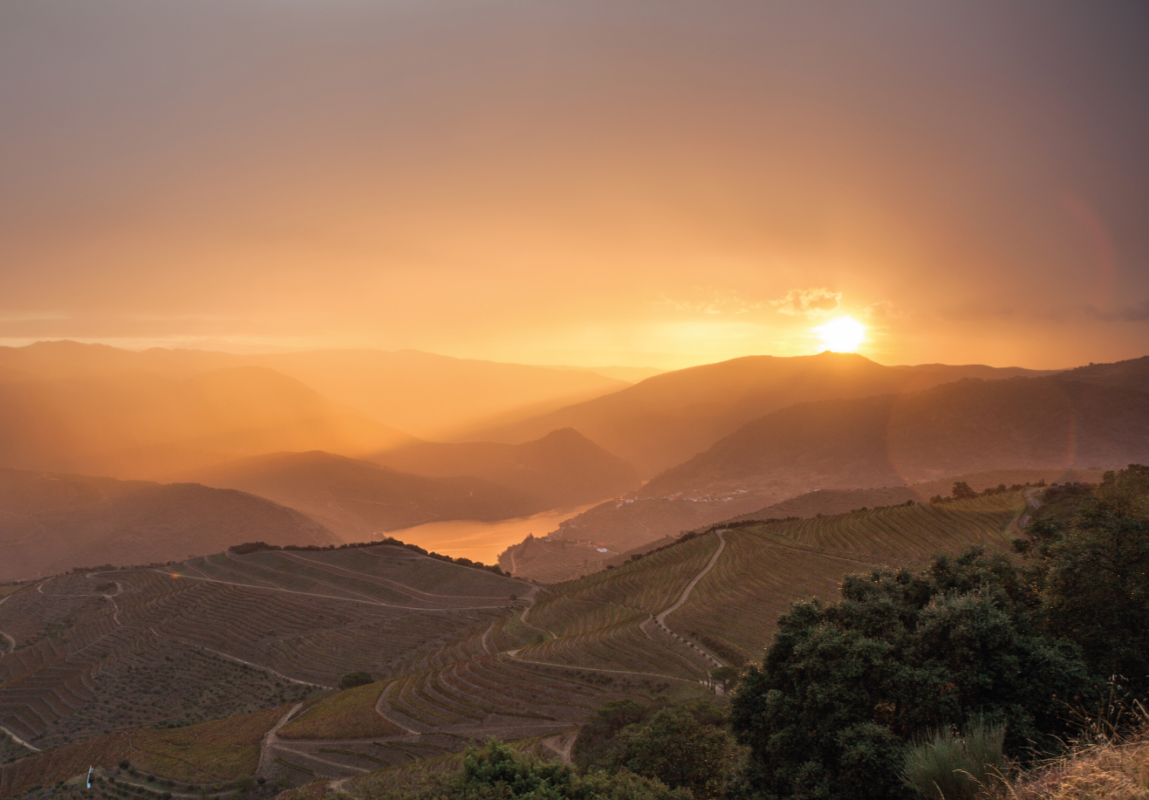The Douro Superior region extends from Cachão da Valeira, on the edge of the Cima Corgo region, and continues to the border with Spain. It is an arid and harsh region. Its remote location helps its landscape and biodiversity be better preserved and contributes to the region’s character, charm, and personality.
Due to the geographical position, there is a greater amplitude between the day’s heat and the nights’ cold. These high thermal amplitudes (temperatures reach 50°C in summer)and low rainfall provide extreme conditions for making exceptional wines.
The Douro Superior is a region rich in indigenous grape varieties.
Among the main red varieties are Touriga Franca, Touriga Nacional, Tinta Roriz, Tinta Barroca, Tinto Cão, Tinta Amarela and Sousão. Among the white varieties stand out Malvasia Fina, Viosinho, Gouveio,Rabigato and Moscatel Galego. This diversity is especially evident in old vines, with dozens of different varieties mixed in a single vineyard.
Mixed grape varieties are one of the most distinctive and identifying signs of Douro viticulture that we preserve, giving continuity to this ancient way of planting the vines.
Today, the Douro Superior is considered one of the ‘terroirs’ with the most potential in the Douro.
The Douro Superior, deeply marked by the Douro River and its tributaries – Côa, Sabor and Tua – is a rich territory in natural and cultural heritage. The most important “assets” of the Douro Superior are the Upper Douro Wine Region and the Rupestrian Art Sites of the Côa RiverValley, in the Archaeological Park of the Côa Valley, both classified as World Heritage by UNESCO.



 Português
Português